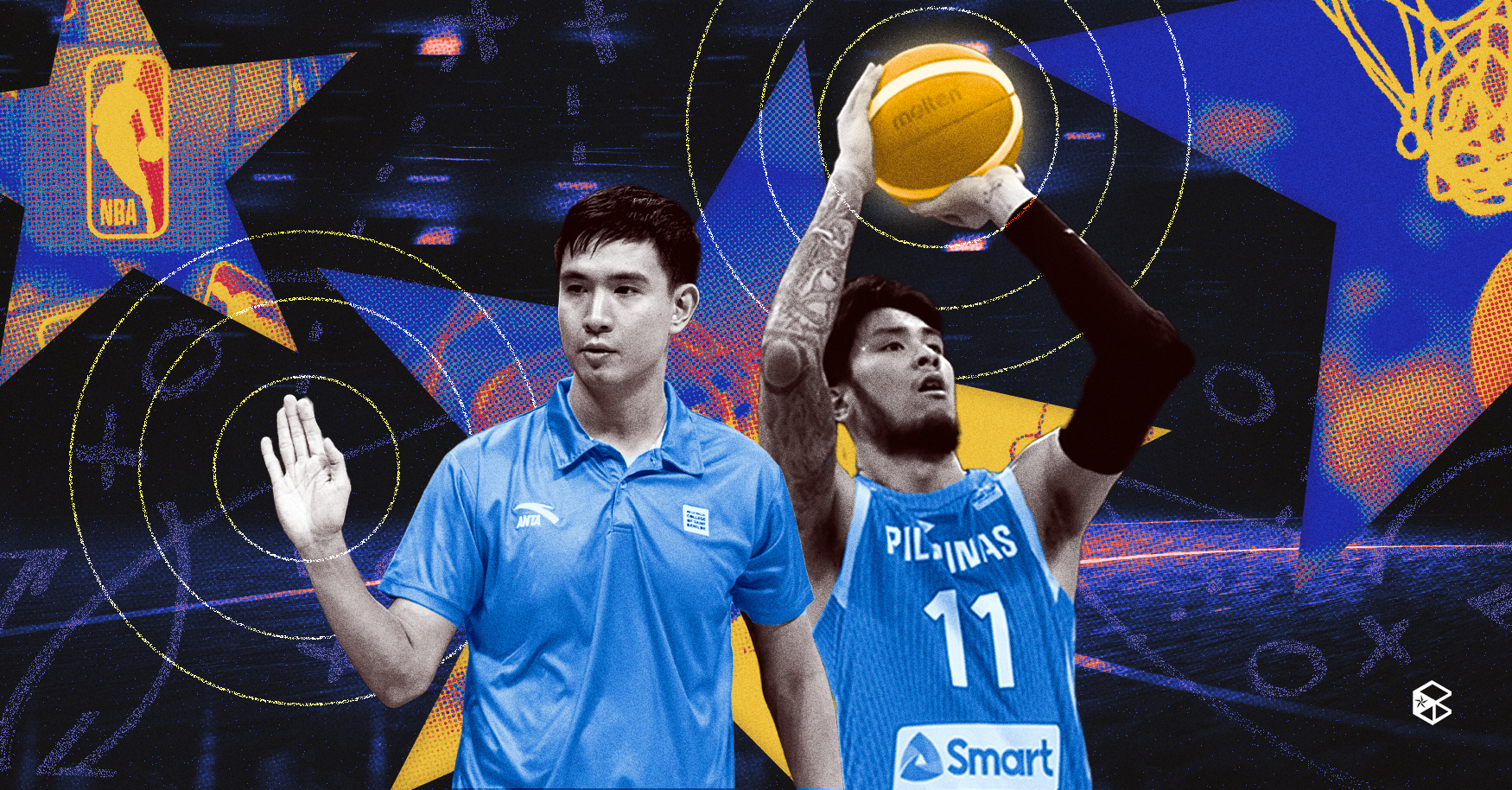Is it really just a dream to see a Filipino player in the NBA? In an exclusive interview with analyst and Benilde Blazers Head Coach Charles Tiu, let’s explore the local basketball scene and the path Filipinos can take to turn this long-held dream into reality.
According to a 2022 study by NBA Asia, 55% of Filipinos are NBA fans—more than half of the population. In 2023, the Philippines ranked third globally in television viewership, with around 1.5 million Filipinos tuning in to every regular season game. These numbers prove that basketball, and NBA basketball in particular, holds an undeniable place in the heart of Filipino culture.
Despite a nationwide obsession with the sport, no homegrown Filipino player has made it to the grand league. However, the rise of Asian standouts like Yuki Kawamura and the determined strides of Kai Sotto reveal cracks in the long-held notion that Filipinos will never be able to compete with world-class talent.
Levelling up
When asked about the hurdles faced by Filipino players in international recognition, Coach Tiu shared, “We’re in Asia where leagues aren’t seen as highly as [the ones] in Australia and Europe. There are scouts in Asia but they’re probably looking at China mostly and Japan. Our local leagues have to step up for one to be perceived at the same level as them.”
Coach Tiu also pointed out that the “one import only” rule of the Philippine Basketball Association (PBA) limits player development. He compared this with Japan’s B.League, which allows three imports per team, contributing to their rapid improvement.
“When you look at the Japanese national team, they’ve really upped their game. They weren't able to beat the Philippines at all [before]. Everybody’s getting up there. We are one of the few [leagues] if not maybe the only league that only allows one import.”
Moreover, Coach Tiu advocated for support for the players to pursue opportunities abroad as a way to improve the level of local competition, “[We need to be] supportive of [players] leaving and not take it as a threat to the league. At the end of the day, every one of these players will reflect [on] Philippine basketball.”
He also criticized the three to five year exclusion period for players who return after unsuccessful stints abroad.
“We learn a lot playing overseas. We need to encourage [players] because it’s a real opportunity. [Playing overseas] is not for everyone. There’s also a lot that get cut and don’t make it, so don’t see it as a bad thing. There’s no harm in trying and if you don’t make it, it’s ok you can come back here.”
“What if somebody had a chance to make it to the NBA and he gets cut after 10 days? He can’t come back here for [five] years. I don’t think that’s fair,” he emphasized.
Laying the groundwork
Despite the sport’s popularity in the Philippines, there is a gap in elite skill refinement and international exposure due to underdeveloped grassroots programs.
Coach Tiu highlighted its critical role in player development, “The foundation that you have as a player is [built] in grassroots programs. Obviously now, I see a lot of up-and-coming coaches that help develop younger kids, but, to be honest, I don’t know how systematic it is. Yeah, you’re developing your individual skills but how many actually teach you how to play basketball as a team sport and develop the right attitude and mindset it takes?”
Drawing from his experience coaching former NBA stars like Dwight Howard and DeMarcus Cousins, Coach Tiu noted the skill disparity that Filipinos face. “Some of the American athletes that we play against in international competitions, they’re hella good. They would eat up any Filipino and they’re not even in the NBA either, right?”
This further underscores the need for programs comparable to those within the United States, Europe, and other neighboring Asian countries.
Only a matter of time
So, is having a Filipino NBA player just a dream?
According to Coach Tiu, it’s only a matter of time. “I [still believe] Kai Sotto has a chance. Obviously, it would be a dream for any one of us right? [...] How hard is it to take a chance on one [skilled] Filipino player with shooting?”
For young hopefuls, his advice is simple yet powerful.
“Continue to work on your game. There’s no substitute for hard work. You have to take care of your body, get the right coaching, play against better competition, and build relationships. Basketball, wherever in the world, is all about relationships. If a little guy like [Kawamura] can make it, why not us? He’s tinier than a lot of our guards, but he’s fast and he shoots the ball.”
Despite the challenges, there is a hopeful path forward for Filipino players to set foot on the world’s biggest basketball stage as the NBA dream lives on in every kid who hopes, every fan who believes, and in every player who came close.


